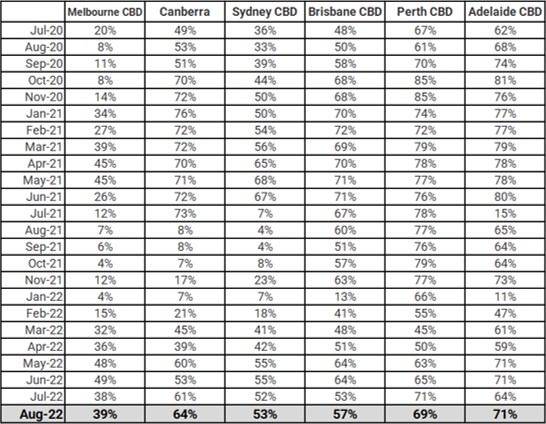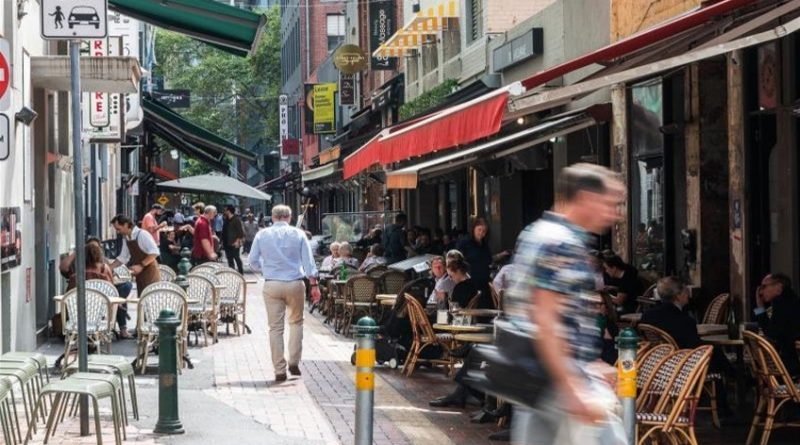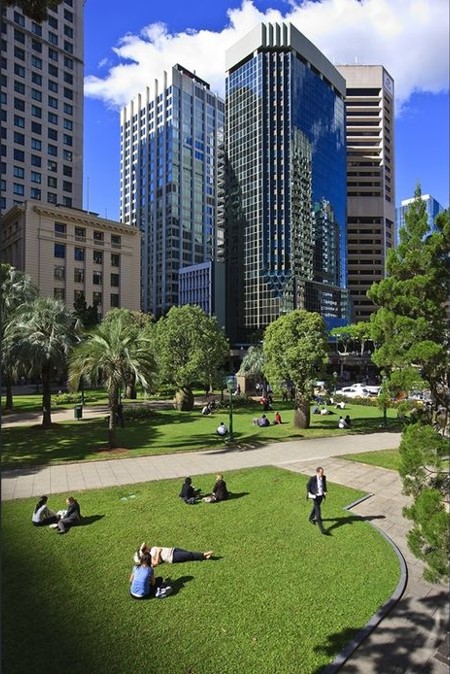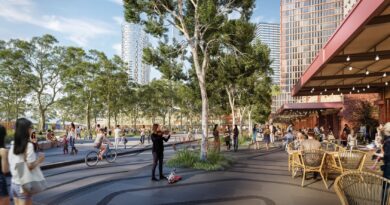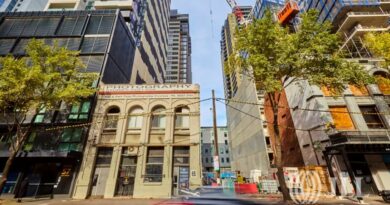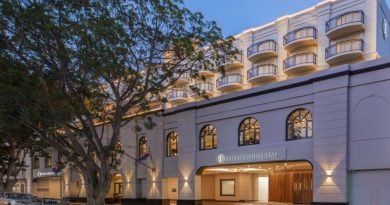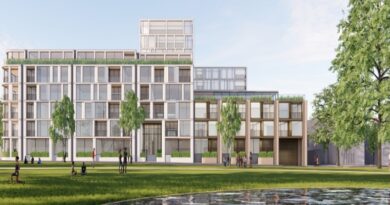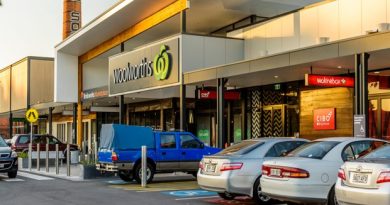Office occupancy holds firm during end of Omicron wave
Office occupancy numbers have held their ground as the country dealt with the final phase of the latest wave of Omicron and flu infections, the Property Council of Australia’s latest Office Occupancy Survey shows.
Adelaide enjoyed the largest rise, with occupancy climbing from 64 to 71 per cent, while Brisbane occupancy increased from 53 to 57pc and Canberra from 61 to 64pc.
Occupancy held firm in Melbourne and Sydney, rising from 38 to 39pc and 52 to 53pc, respectively.
Perth was the only market to witness a slight drop, from 71 to 69pc.
According to the survey, office occupancy rates vary between peak and low days.
For example, on a peak day in Adelaide, the occupancy rate reached a high of 83pc, but on a low day, it fell to 59pc.
Property Council Chief Executive Ken Morrison said despite only small increases in occupancy, the data reveals a resilient office market, with peak days remaining high across most of the nation.
“Despite the challenging environment, it’s very pleasing to see plenty of people returning to their workplaces, with occupancy on peak days reaching 83pc in Adelaide, 78pc in Canberra and Perth and 75pc in Brisbane, with Sydney peaks at 67pc and Melbourne at 51pc,” Mr Morrison said.
“In the previous survey for July we saw occupancy levels go backwards for the first time in six months, so to see the August figures hold steady or nudge slightly higher in most capitals, despite COVID and flu cases as well as industrial action in Sydney, is a solid outcome (item continues below).
“While the results are still a way off the previous recovery high points seen around May 2021, they show the resilience of CBD office markets, with occupancy levels remaining stable throughout a challenging period.
“It’s fair to say Melbourne’s occupancy at 39pc remains a concern, but you would hope that starts to lift again as the months get warmer and the omicron wave recedes,” he said.
Despite the impacts of the pandemic and a stalling in occupancy, the Property Council’s latest Office Market Report which tracks leased space (released last month) indicates that companies leased more space in the country’s CBDs over the first six months of the year, with demand growing by a healthy 0.5pc.
The latest Office Occupancy Survey found the preference for greater flexibility including working from home was a major driver of occupancy levels, increasing from 48 to 64pc.
Health concerns surrounding the latest wave also proved to be a major influence on the data, but fell from 30 to 15pc, while public transport concerns fell from 13 to 12pc.
“People are the lifeblood of CBDs, and we don’t yet have enough of them back in our city centres to support our ecosystems of small businesses that call our CBDs home,” Mr Morrison said.
“With spring approaching and the Omicron wave having peaked, the recovery momentum towards a new normal should resume”.
The survey was conducted in the field between 25 and 31 August 2022.
